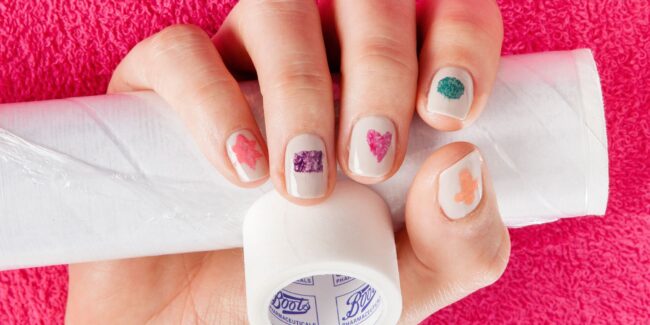Decoding the Distinctions: Acrylic vs. Gel Nails
Understanding the Nuances: Acrylic Nails vs. Gel Nails
When it comes to enhancing the beauty of one’s hands, the choice between acrylic and gel nails often arises. These two popular nail enhancement options have distinct characteristics, catering to different preferences and needs. You can always choose solid color nails that are always in fashion!
Acrylic nails, crafted from a mixture of powder polymer and liquid monomer, have been a staple in the realm of nail enhancements for decades. Their durability and strength make them ideal for individuals with brittle or weak nails seeking added resilience. Acrylic nails are known for their robustness, making them less prone to chipping or breaking. Additionally, they offer versatility in terms of shape and length, allowing for customizable designs to suit various preferences.
On the other hand, gel nails, formulated from a gel-like substance, have gained prominence in recent years due to their natural-looking finish and flexibility. Gel nails are applied in layers onto the natural nail or nail extension and then cured under a UV or LED lamp. This curing process results in a hardened finish that is both glossy and chip-resistant. Gel nails are favored for their lightweight feel and ability to mimic the appearance of natural nails seamlessly. They offer a more flexible and forgiving application process, making them suitable for intricate nail art designs.

One of the key differences between acrylic and gel nails lies in their application techniques and drying processes. Acrylic nails require a skilled technician to sculpt the acrylic mixture onto the nails, followed by air drying to harden the material. In contrast, gel nails involve a smoother application process, as the gel is applied directly onto the nail surface and then cured using a UV or LED lamp, eliminating the need for air drying time.
Another differentiating factor is the maintenance required for each type of nail enhancement. Acrylic nails typically require infills every two to three weeks to fill in the gap between the natural nail and the acrylic extension as the natural nail grows. Gel nails, while also requiring maintenance, tend to last longer without the need for frequent infills due to their flexibility and resistance to lifting.
In essence, the choice between acrylic and gel nails boils down to personal preferences, nail health, and lifestyle considerations. Whether opting for the robustness of acrylic or the natural look of gel, both options offer a means of expressing individual style and enhancing the beauty of one’s hands.